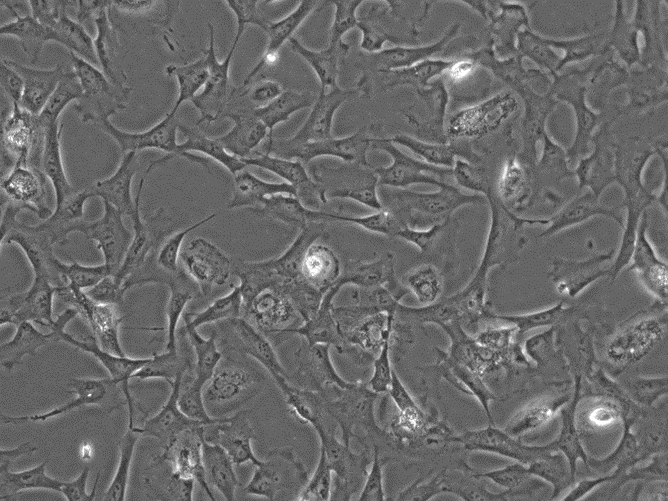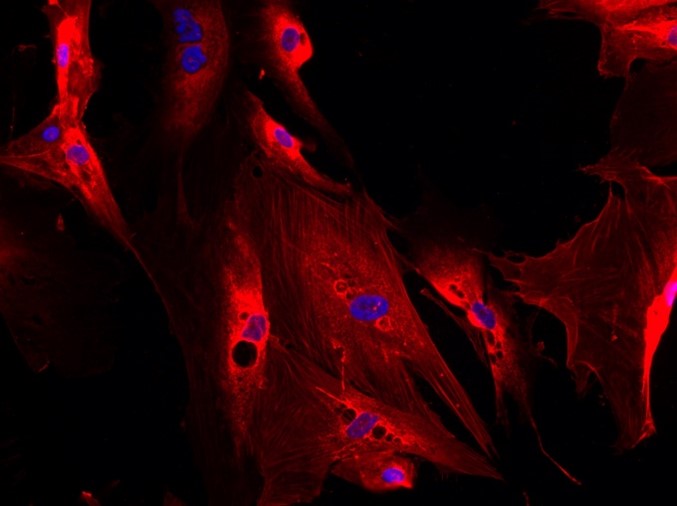The hepatic stellate cells (HSC) are localized in the space of Disse, a small area between the sinusoids and hepatocytes. HSC, which are also known as Ito cells, lipocytes, or fat storing cells play a key role in hepatic development, regeneration, and liver injury with two distinguished stages, quiescent and activated. In the normal healthy liver, HSC are quiescent and essential for building extracellular matrix (ECM), in addition to the main storage site of vitamin A. In response to liver injury, HSC decrease their vitamin A storage, become activated and play a main role in liver fibrosis initiation. These two cell stages are why HSC are such a hot topic in both academia and industry today.
Numerous studies on fibrosis have been published based on rodent models both in vivo and in vitro. However, notable differences exist between rodents and humans, especially with HSC markers. For example, the “gold standard” marker identified in rodent liver, desmin, is not always expressed in human livers.1 Desmin was found to be negative in normal liver and positive in cirrhotic human livers in some studies, and contrary results were also reported in other studies.1
A system to bridge the gap between rodents and humans is essential for HSC research and drug discovery. Primary isolated HSC from human livers provide researchers a new tool for in vitro studies, which is more applicable to human physiology.
LifeNet Health provides HSC isolated from both healthy and diseased human livers. Our large inventory of HSC with different medical histories provides researchers a large candidate pool from which to select significant differences in donor background.


References:
Authored by Huimin Yan, Ph.D. and Joel LeCluyse
